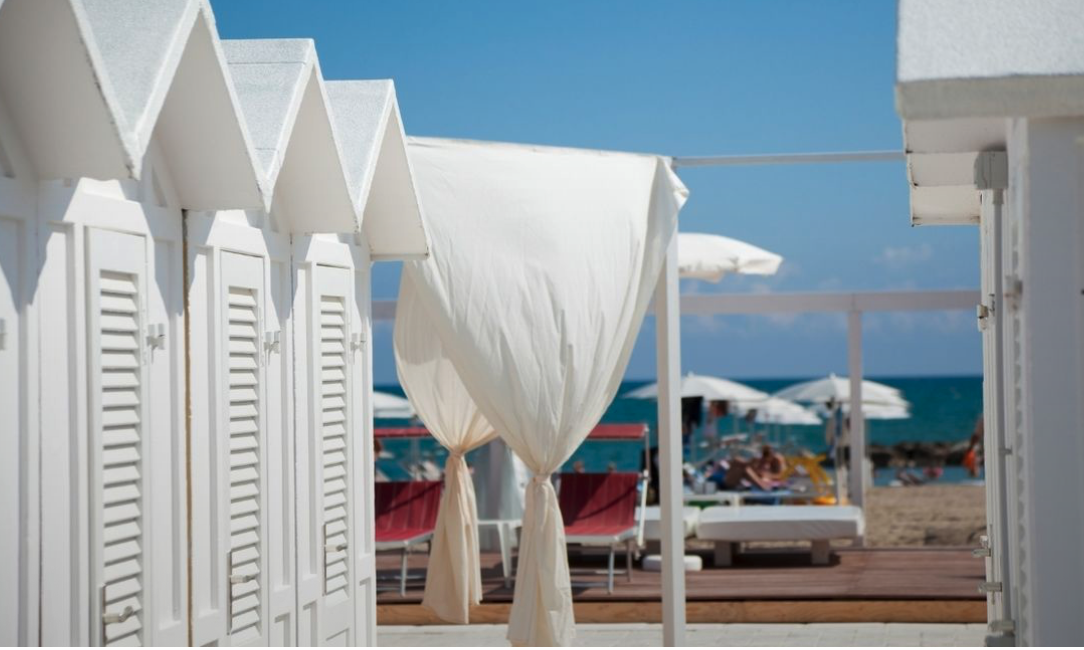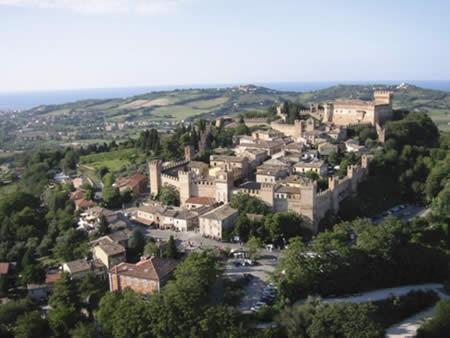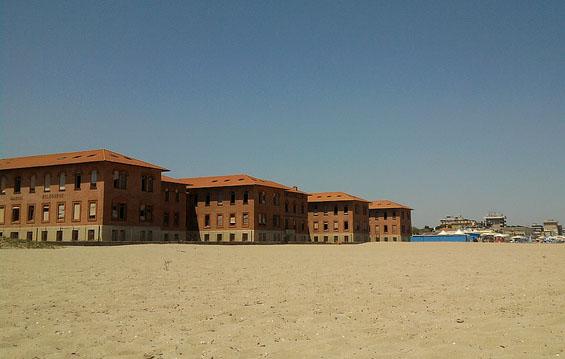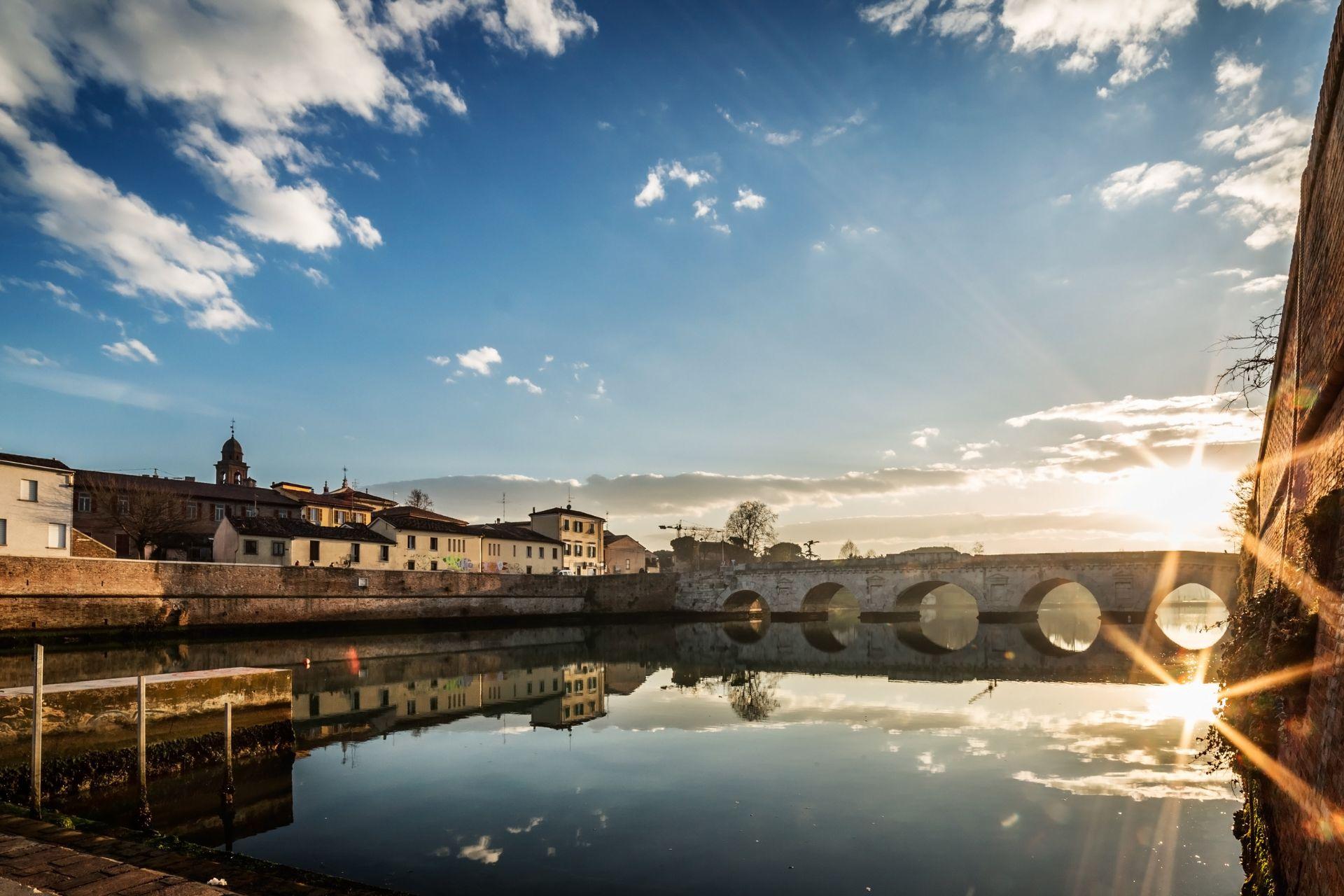Budrio (in Romagnolo Budar) is a quiet hamlet of the municipality of Cotignolalocated along the provincial road connecting Cotignola a Barbianin the heart of the Lower Romagna. Today it retains the character of rural hamlet with a strong agricultural vocation, but its roots go back much further, to Umbrian legends, Etruscan presences and Roman domination.
Origins of the name
The place name 'Budrio', which is very common in Emilia-Romagna, most likely derives from the expression 'pagus of Buttrium'which in the language of the Umbri - ancient inhabitants of the area - indicated a "place used for grazing".. This linguistic fact confirms the territory's ancient agricultural vocation and its historical productive function linked to pastoralism and lowland crops.
Historical background
Budrio boasts ancient origins. Archaeological and toponymic evidence indicates the presence before the Umbrithen of the Etruscans and finally some Romanswho organised the territory according to the system of the centuriazionestill legible in the geometric design of the fields and roads.
Some surrounding land was owned by the gens Pollia o BalbiaRoman family also mentioned in nearby Barbiano.
In Middle Agesthe castrum of Budrio - now disappeared - was one of the first fortified settlements in the area of Bassa Romagna. According to historical sources, in 13th century, Brass IV granted Budrio to the Counts of Cunio, Bernardino and Guidowho already owned a castle nearby, later destroyed by the Ghibellines of Faenza at 1296.
Following these events, the counts moved their residence to Barbianand Budrio was placed under the jurisdiction of the new fortified centre.
In 1450the village officially came under the jurisdiction of the Municipality of Cotignolaand since then no longer underwent administrative changes.
Monuments and places of interest
Church of the Nativity of the Blessed Virgin Mary
Built in 1861 in style neoclassical, the parish church of Budrio is the town's main place of worship. Inside, it houses an interesting artistic heritage:
- Two 18th-century canvases depicting Saint Lucia e St Dorothy, works by the painter Benedetto dal Buono.
- A Madonna and Child of theNineteenth centurysigned by Giovanni Berazzoni.
- A great 17th-century altarpiece of the Nativity of the Virgin Maryby an unknown author, from the disappeared church of Fiagnanowith the scene of St Anne assisting Mary with the handmaids.
On the right side of the church opens the Chapel of the Holy Crucifixwhich holds two other canvases: Saint Agatha e St Apollonia.
Notable architectural elements include:
- A small baptistery in marble and Istrian stone with wooden cladding.
- A Reliquary which preserves fragments and clothing belonging to various saints.
- A'walled stoup in marble from the Five hundredfrom the ancient medieval church of Budrio.
According to sources, a church already existed in Budrio in the 12th century, fu rebuilt in the 15th century e elevated to a parish in 1479.
Society and traditions
Religion
The parish is named after Nativity of Marycelebrated the8 Septemberday when the community gathers for the patronal feastbetween religious rites and moments of sociability.
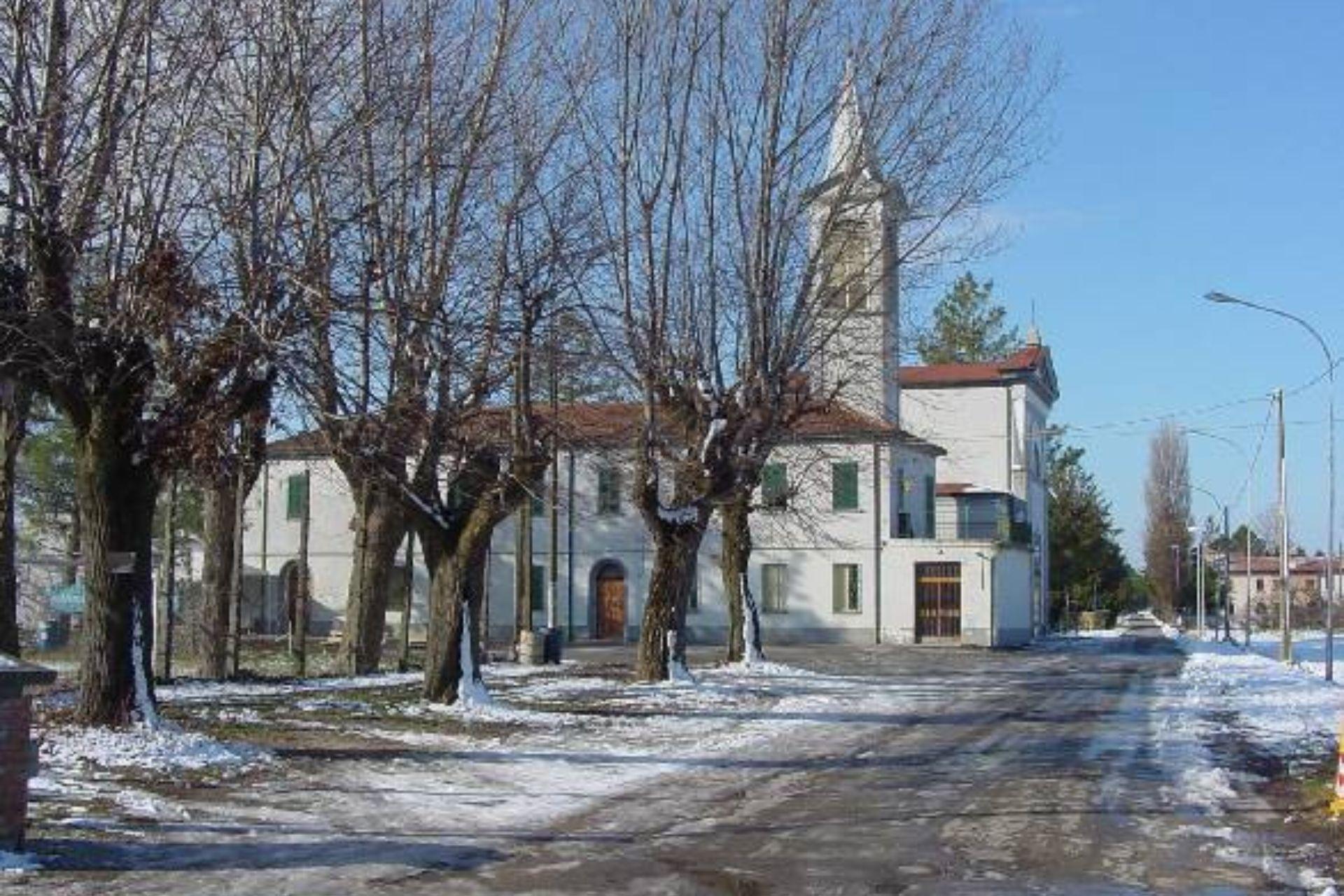
Village festival
Also very much felt "Village Festivalheld every year the first weekend in June and which is dedicated to Our Lady of Good Counsel. It is an occasion of great popular participation, combining spirituality and folklore with events, markets, shows and open-air dinners.
Curiosity and identity
Budrio is an example of still authentic rural villagewhere the agricultural landscape merges with historical memory. The religious traditionscare for the artistic heritage of the church and the community rootedness make it an ideal place for those seeking contact with the Truer and quieter Romagnaaway from the beaten tourist routes.


